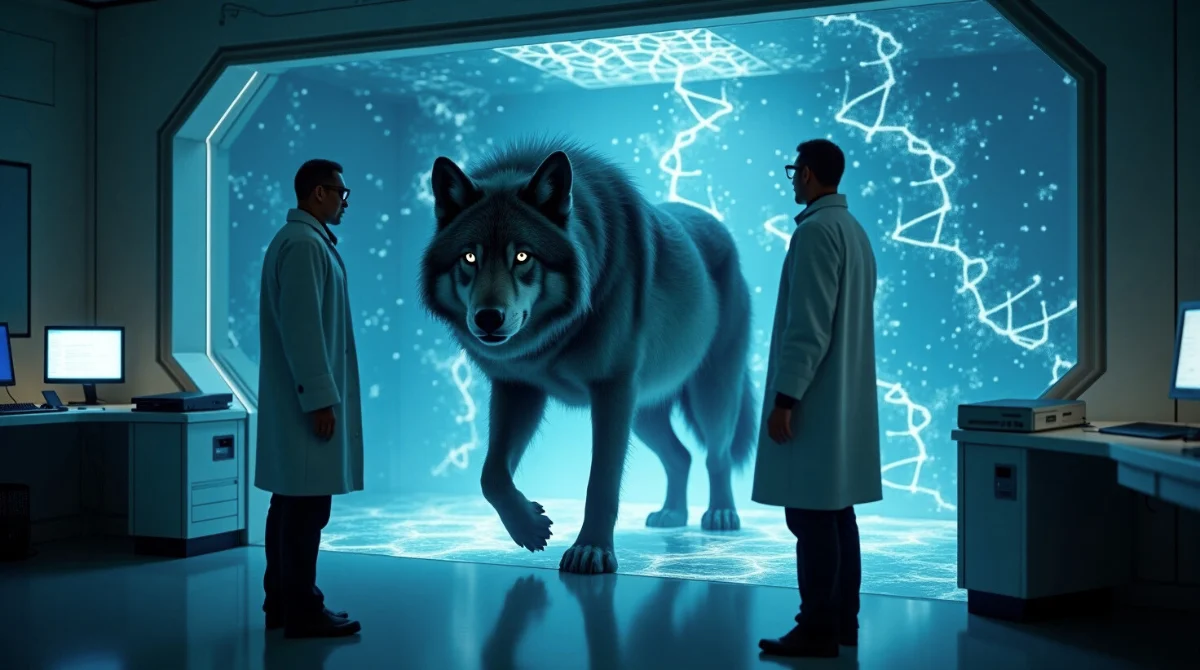In a groundbreaking scientific achievement, Colossal Biosciences, a biotechnology company specializing in de-extinction, has announced the birth of three genetically engineered wolf pups—Romulus, Remus, and Khaleesi—designed to resemble the extinct dire wolf species. This development marks a significant milestone in the field of genetic engineering and de-extinction efforts.
The dire wolf (Aenocyon dirus) roamed North and South America during the Late Pleistocene epoch but became extinct approximately 12,500 years ago. To recreate traits of this ancient predator, scientists at Colossal Biosciences analyzed the dire wolf genome using DNA extracted from ancient specimens—a 13,000-year-old tooth and a 72,000-year-old skull. They identified key genetic differences between dire wolves and their closest living relatives, gray wolves (Canis lupus). Employing CRISPR gene-editing technology, they introduced 20 specific genetic modifications into gray wolf cells to replicate the physical characteristics of dire wolves, such as larger size and distinctive white fur. These modified cells were implanted into domestic dog surrogates, resulting in the birth of the three pups.
Despite the technological feat, the scientific community has expressed skepticism regarding the authenticity of these animals as true dire wolves. Experts argue that while the pups exhibit certain physical traits of dire wolves, they are essentially genetically modified gray wolves rather than exact replicas of the extinct species. Dr. Nic Rawlence, a paleogeneticist, emphasized that the dire wolf belongs to a different genus than the gray wolf, and the genetic divergence between the two is significant. He noted that ancient dire wolf DNA is highly fragmented, making accurate reconstruction challenging. Similarly, Dr. Jeremy Austin, director of the Australian Centre for Ancient DNA, stated that the genetically engineered animals are not dire wolves under any traditional definition of a species, highlighting the extensive genetic differences that remain unaddressed.
This endeavor has also sparked ethical debates about the implications of de-extinction. While Colossal Biosciences aims to use such technologies for conservation and to reverse human-caused extinctions, critics question the practicality and morality of reviving species that have been absent from ecosystems for millennia. Concerns include potential ecological disruptions and the welfare of the engineered animals.
Colossal Biosciences, supported by notable figures such as NFL legend Tom Brady and actor Joe Manganiello, who serve on the company’s advisory board, continues to advocate for the potential benefits of their work. They argue that advancements in genetic engineering can contribute to biodiversity and offer solutions to environmental challenges.
As the debate unfolds, the birth of Romulus, Remus, and Khaleesi represents a pivotal moment in biotechnology, prompting society to consider the boundaries of science and the ethical dimensions of bringing extinct species back to life.


